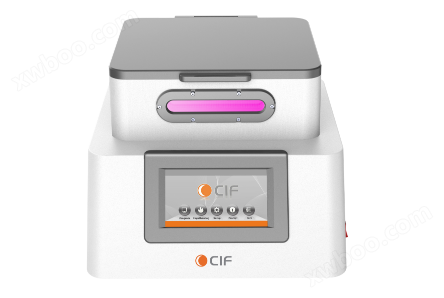400-6505-735
The characteristic of plasma cleaning machine is that it can process different substrates regardless of the treatment object. Whether it is metal, semiconductor, oxide or polymer material (such as polypropylene, polyvinyl chloride, tetrafluoroethylene, polyimide, polyester, epoxy resin and other polymers), plasma can be used to treat it well. Therefore, it is particularly suitable for heat-resistant and solvent-resistant substrate materials. Moreover, it can selectively clean the whole, part or complex structure of the material. While completing the clear decontamination, it can also change the surface properties of the material itself, such as improving the surface wetting properties and improving the adhesion of the film, which is very important in many applications.
Depending on the different uses, plasma cleaning equipment of various structures can be selected, and the process flow can be rationalized by selecting different types of gases and adjusting the characteristic parameters of the device. However, the basic structure of the plasma cleaning machine device is roughly the same. The general device can be composed of a vacuum chamber, a vacuum pump, a high-frequency power supply, an electrode, a gas introduction system, a workpiece conveying system and a control system. The commonly used vacuum pump is a rotary oil pump, and the high-frequency power supply usually uses 13.56M Hz radio waves.

The operation process of the plasma cleaning machine is as follows:
(1) The workpiece to be cleaned is sent into the vacuum chamber and fixed, the operating device is started, and the exhaust begins, so that the vacuum level in the vacuum chamber reaches the standard vacuum level of about 10Pa. Generally, the exhaust time takes about 2 minutes.
(2) The gas for plasma cleaning is introduced into the vacuum chamber and its pressure is maintained at 100Pa. Depending on the cleaning material, oxygen, hydrogen, argon or nitrogen can be used respectively.
(3) A high-frequency voltage is applied between the electrode and the grounding device in the vacuum chamber to break down the gas, and ionize and generate plasma through glow discharge. The plasma generated in the vacuum chamber is completely covered by the workpiece to be processed, and the cleaning operation begins. Generally, the cleaning process lasts from tens of seconds to several minutes.
(4) After the cleaning is completed, the high-frequency voltage is cut off, and the gas and vaporized dirt are discharged. At the same time, air is blown into the vacuum chamber and the air pressure is raised to one atmosphere.
The generation of plasma mainly relies on electrons to collide with neutral gas atoms, causing the neutral gas atoms to dissociate and produce plasma. However, the neutral gas nucleus has a binding energy for the electrons outside it, which we call binding energy. The energy of the external electrons must be greater than this binding energy to be able to dissociate the neutral gas atoms. However, the external electrons are often insufficient in energy and do not have the ability to dissociate neutral gas atoms. Therefore, we must use external energy to give atomic electrons energy so that the electrons can use it to dissociate the neutral gas atoms. To add energy to electrons, a simple method is to use parallel electrode plates to add a DC voltage. In the electrodes, the electrons will be attracted by the positively charged electrodes and accelerated. During the acceleration process, the electrons can accumulate energy. When the energy of the electrons reaches a certain level, they have the ability to dissociate neutral gas atoms.
About Us
Introduction Culture History HonorNews
News Article VideoService
After-sale ServiceNavigation
ProductsSolutionContact Us 400-6505-735
400-6505-735 CIF WeChat Service Account
CIF WeChat Service Account
 CIF Tiktok
CIF Tiktok